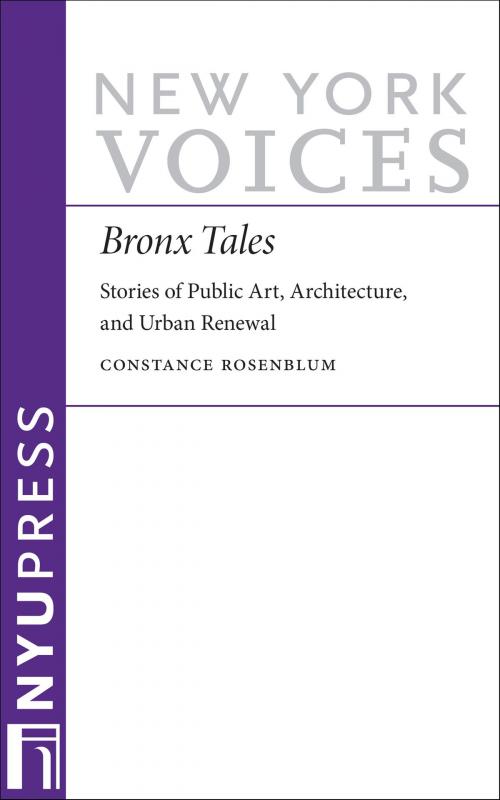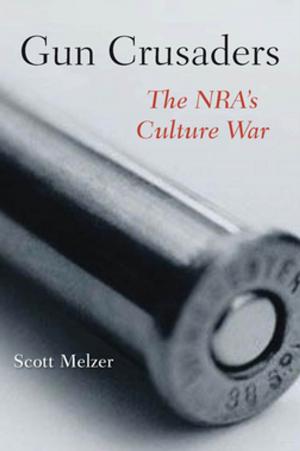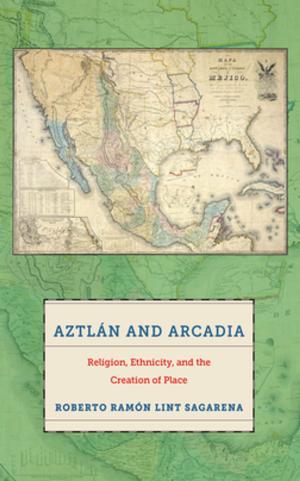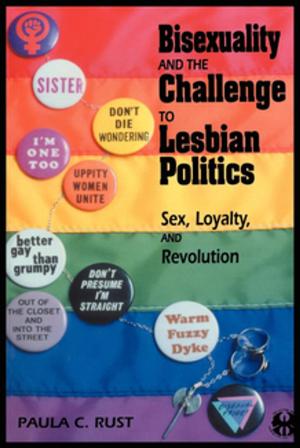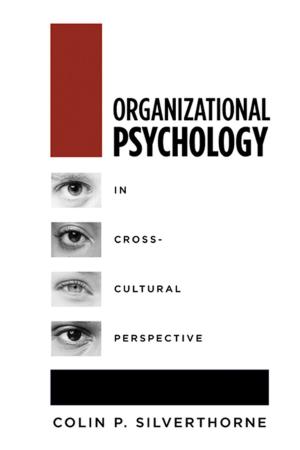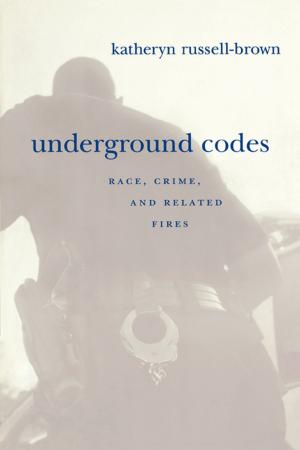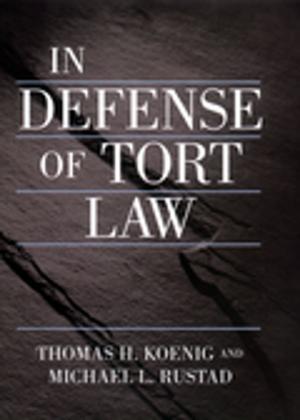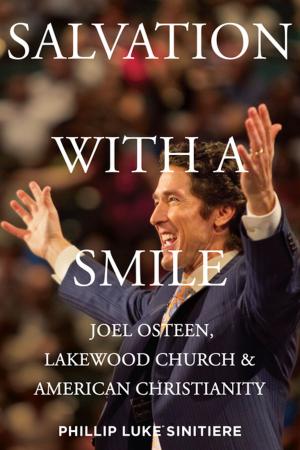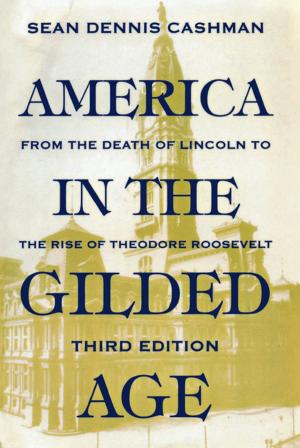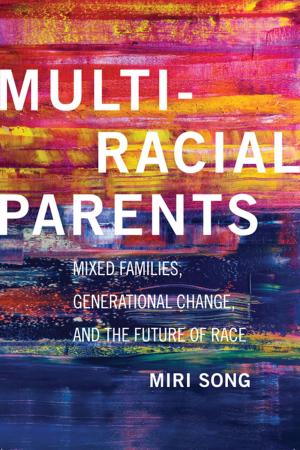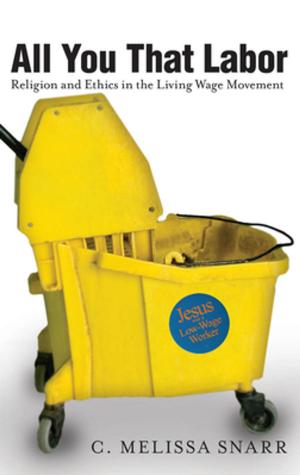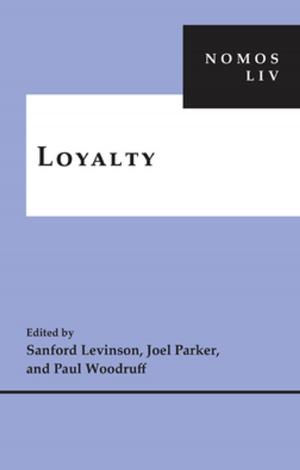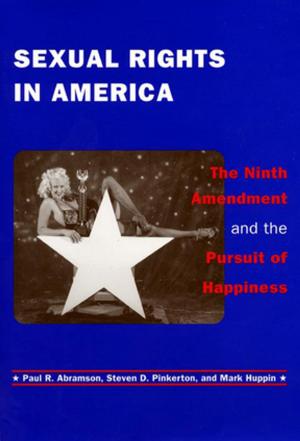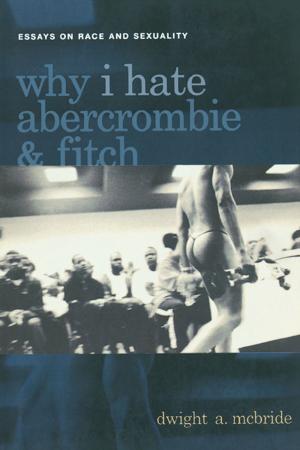Bronx Tales
Stories of Public Art, Architecture, and Urban Renewal
Nonfiction, Art & Architecture, Architecture, History, Americas, United States, State & Local| Author: | Constance Rosenblum | ISBN: | 9781479856329 |
| Publisher: | NYU Press | Publication: | September 1, 2014 |
| Imprint: | NYU Press | Language: | English |
| Author: | Constance Rosenblum |
| ISBN: | 9781479856329 |
| Publisher: | NYU Press |
| Publication: | September 1, 2014 |
| Imprint: | NYU Press |
| Language: | English |
In these vignettes of life along the Grand Concourse in the Bronx, the New York Times’s Constance Rosenblum examines the place of art in this community— its installation, its reception by local residents, and the debates that often surround it. From the growing popularity of European-style Art Deco in the 1930s and '40s, to the opinion of some Bronx residents that these modern additions were “ugly as hell,” and from public art criticized for controversial content to buildings revered for their innovative design, the reception of art and architecture along the Concourse serves as a way to explore the role, function, and place of art in urban spaces.
In these vignettes of life along the Grand Concourse in the Bronx, the New York Times’s Constance Rosenblum examines the place of art in this community— its installation, its reception by local residents, and the debates that often surround it. From the growing popularity of European-style Art Deco in the 1930s and '40s, to the opinion of some Bronx residents that these modern additions were “ugly as hell,” and from public art criticized for controversial content to buildings revered for their innovative design, the reception of art and architecture along the Concourse serves as a way to explore the role, function, and place of art in urban spaces.
